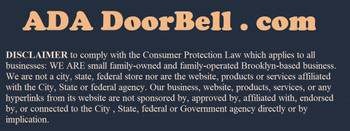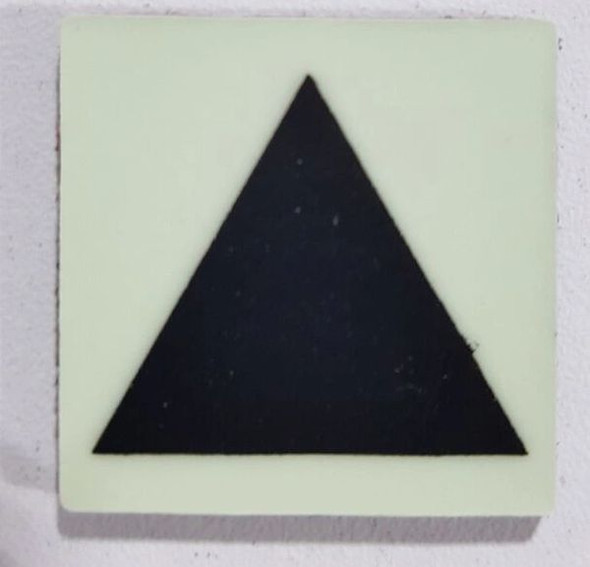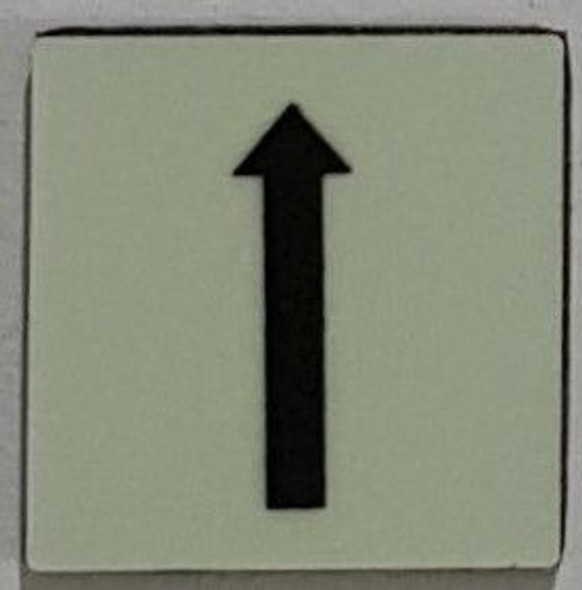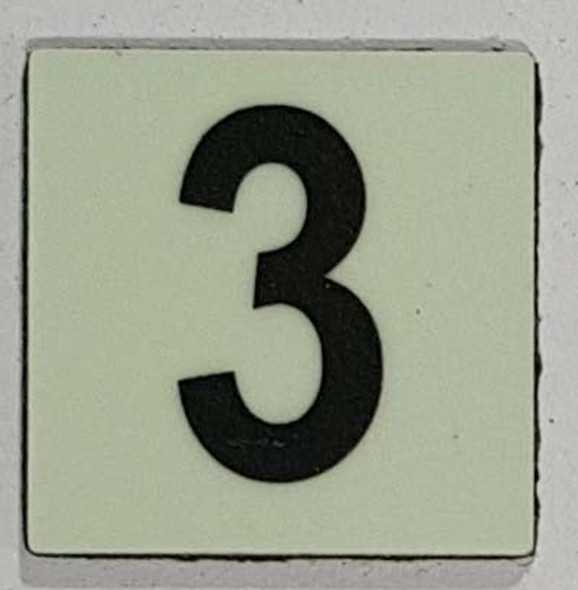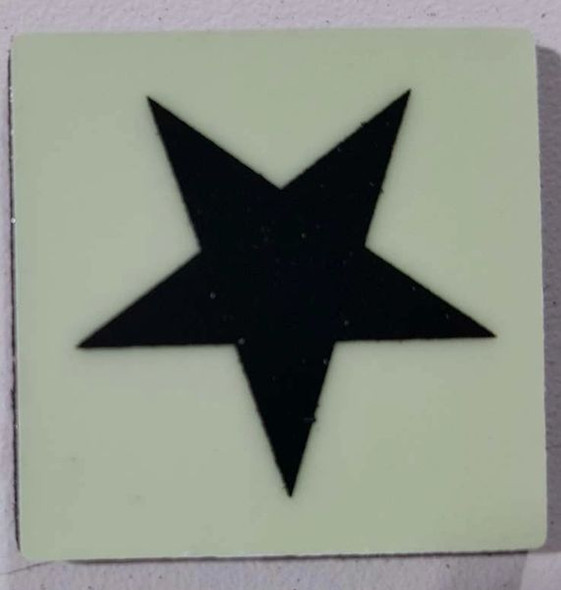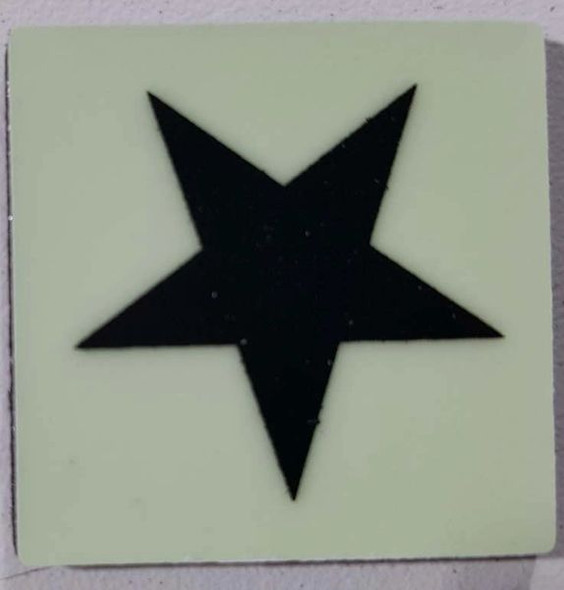hpdsigns.nyc
3 RCNY §505-01, entitled “Apartment and Guest Room Identification and Directional Markings and Signs,” and 3 RCNY §505-02 (PDF FILE)
- MPN:
- Apartment and Guest Room Identification
- Availability:
- Instant Download
Description
3 RCNY §505-01, entitled “Apartment and Guest Room Identification and Directional Markings and Signs,” and 3 RCNY §505-02, entitled “Apartment, Guest Room and Stairwell Fire Emergency Markings”
To buy signs please click Glow in dark 3 RCNY 505-01
The Importance of Following 3 RCNY §505-01 and 3 RCNY §505-02: Ensuring Safety and Compliance in NYC Buildings
New York City’s building codes and regulations are designed with the primary goal of ensuring the safety and well-being of its residents. Among these regulations, two crucial sections stand out: 3 RCNY §505-01, entitled “Apartment and Guest Room Identification and Directional Markings and Signs,” and 3 RCNY §505-02, entitled “Apartment, Guest Room and Stairwell Fire Emergency Markings.” Adhering to these rules is not only a matter of legal compliance but also a fundamental aspect of maintaining a safe living environment in residential buildings.
Enhancing Emergency Response with Clear Identification and Directional Markings
3 RCNY §505-01 mandates clear and consistent identification of apartments and guest rooms, as well as directional markings and signs within buildings. This regulation is critical in enhancing the ability of emergency responders to quickly locate specific units during an emergency. In high-stress situations such as fires, medical emergencies, or other crises, every second counts. Properly marked apartments and clear directional signage ensure that firefighters, paramedics, and other emergency personnel can efficiently navigate a building, minimizing response times and potentially saving lives.
Moreover, clear identification and directional markings also assist residents and visitors in easily locating apartments and guest rooms. This is particularly important in large residential buildings or complexes where it can be easy to get disoriented. By adhering to 3 RCNY §505-01, building owners and managers can ensure that all occupants and guests can quickly and easily find their way, contributing to a sense of safety and security within the building.
Ensuring Safety through Fire Emergency Markings
3 RCNY §505-02 focuses on fire emergency markings for apartments, guest rooms, and stairwells. This regulation requires specific markings to indicate the location of fire exits, emergency equipment, and safe evacuation routes. In the event of a fire, having clearly marked fire emergency signs is crucial for guiding residents and guests to safety. These markings help prevent confusion and panic, providing clear instructions on how to evacuate the building safely and efficiently.
Fire emergency markings also play a significant role in aiding firefighters during rescue operations. By having a well-marked layout of the building’s emergency exits and equipment, firefighters can better strategize their efforts to control the fire and evacuate residents. Compliance with 3 RCNY §505-02 not only ensures the safety of the building’s occupants but also enhances the effectiveness of the fire department’s response, ultimately helping to mitigate the impact of fire emergencies.
Legal Compliance and Building Management Responsibility
Adherence to 3 RCNY §505-01 and 3 RCNY §505-02 is a legal requirement for building owners and managers in New York City. Non-compliance can result in significant penalties, including fines and legal action, and can also jeopardize the safety of the building’s occupants. Building owners and managers have a responsibility to maintain their properties in accordance with these regulations, ensuring that all identification, directional, and fire emergency markings are clearly visible and well-maintained.
Beyond the legal implications, following these regulations demonstrates a commitment to the safety and well-being of residents and guests. It reflects a proactive approach to building management, prioritizing the implementation of safety measures that can prevent accidents and facilitate effective emergency responses. This commitment not only enhances the reputation of the property but also contributes to a safer and more secure living environment for all occupants.
In conclusion, the importance of following 3 RCNY §505-01 and 3 RCNY §505-02 cannot be overstated. These regulations are essential for ensuring that buildings are well-marked for both everyday navigation and emergency situations. By adhering to these rules, building owners and managers can significantly improve the safety and security of their properties, protect the lives of residents and guests, and ensure compliance with New York City’s stringent building codes.
RCNY §505-01 and 3 RCNY §505-02 Signs and Markings
Apartment, Guest Room Identification, Directional Markings, Signs and Stairwell Fire Emergency Markings in Compliance with 3 RCNY §505-01 and 3 RCNY §505-02
The New York City Fire Department adopted rule 3 RCNY §505-01 Apartment and Guest Room Identification and Directional Markings and Signs and rule 3 RCNY §505-02 Apartment, Guest Room and Stairwell Fire Emergency Markings which require specific apartment and guest room identification and directional markings and signs to guide emergency response crews when responding to emergencies and the fire department in locating dwelling units and stairwells.
Rule 3 RCNY §505-01 specifies standards and requirements for the design and installation of directional signs in apartments, guest rooms, sleeping rooms lobbies and hallway corridors. Rule 3 RCNY §505-02 specifies standards and requirements for the design and installation of entrance door fire emergency markings in apartments, guest rooms, sleeping rooms and stairwell doors.
The rules are applicable to Group R-1 and R-2 buildings.
Group R-1 Buildings: Boarding houses (transient), Hotels (transient), Motels (transient)
Group R-2 Buildings: Apartment Houses, Boarding Houses (non-transient), Convents, Dormitories, Fraternities and Sororities, Hotels (non-transient), Live/ work units, Monasteries, Motels (non-transient), Vacation timeshare properties.
DISCLAIMER to comply with the New York City Consumer Protection Law which applies to all businesses operating in New York City: We are small family-owned and family-operated Brooklyn-based business. We are not a City of New York store nor are the website, products or services affiliated with the City of New York or any agency of the City of New York. We ourselves, our business, websites, products, services, or any hyperlinks from its website are not sponsored by, approved by, affiliated with, endorsed by, or connected to the City of New York or any agency of the City of New York, including but not limited to HPD, DOB, DOT, DSNY, FDNY and federal directly or by implication.
DISCLAIMER These codes and forms may not be the most recent version. The State / federal or other regulation department may have more current or accurate information. We make no warranties or guarantees about the accuracy, completeness, or adequacy of the information contained on this site or the information linked to on the state site. Please check official sources.
The requirements for sign / forms content are determined by intended use and by applicable regulation. The BUYER is responsible for determining the appropriate content for a sign or package of signs. WE makes no warranty or representation of suitability of a sign for any specific application. IT IS THE CUSTOMER'S RESPONSIBILITY TO ENSURE THAT THE SIGNS / Forms THE CUSTOMER ORDERS ARE IN COMPLIANCE WITH ALL STATE, FEDERAL, LOCAL, AND MUNICIPAL LAWS. Please review terms and conditions prior to purchase.
For more information about what is required, see the laws that are referenced and the rules applicable to your city and state. This page is for informational purposes only and is not intended as legal advice, professional advice or a statement of law. You may wish to consult with an attorney.
